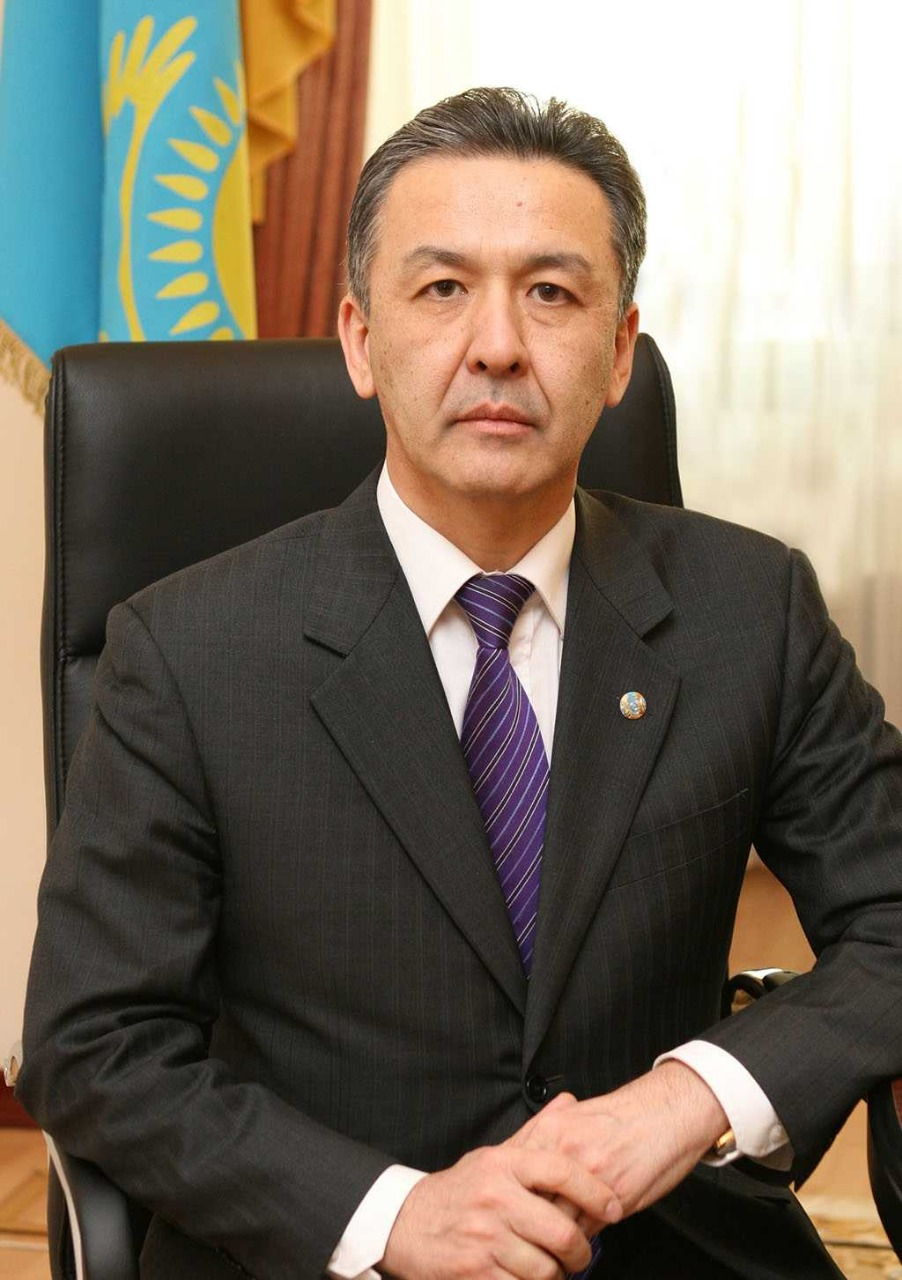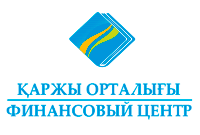Astana. 20 years in the making
The Decree signed by President Nursultan Nazarbayev officially made Akmola the capital city of the Republic of Kazakhstan on December 10, 1997. The Supreme Council adopted the Resolution №106 “On the move of the capital city of the Republic of Kazakhstan” several months earlier, on July 6, 1994.

N.Nazarbayev before departure to Akmola. 1997
Before moving to Akmola in 1997, the Head of State got the elders’ bata (blessing) in accordance with the Kazakh tradition. This centuries-old tradition has always been of paramount importance for our people.
On September 15, 1995, the President of Kazakhstan signed the legislative decree “On the capital city of the Republic of Kazakhstan”. In the document, President Nazarbayev gave the instruction to form the State Commission on the transfer of government bodies to Akmola. The Government decree “On the move of the capital city of the Republic of Kazakhstan” was adopted on July 6, 1996.

N. Nazarbayev in plenary session
of Supreme Council of the Republic of Kazakhstan. July 6, 1994
The state symbols of the Republic of Kazakhstan were delivered to Akmola on November 8, 1997.
In Akmola, President Nazarbayev was traditionally greeted with bread and salt. The President of the Republic of Kazakhstan signed the Decree “On renaming the town of Akmola, the capital city of the Republic of Kazakhstan, into Astana – the capital city of the Republic of Kazakhstan” on May 6, 1998. The same day the President decreed the creation of two districts of the capital city – Almaty and Saryarka.

of Kazakhstan was held on June 10, 1998.

N.Nazarbayev in the new capital.
Akmola city. December10,1997
The Yessil district was established on August 5, 2008. These dates chronicle one of the most important historical milestones in the history of independent Kazakhstan.

 Now let’s talk about why the capital of Kazakhstan was moved to another city, in what atmosphere the move was carried out and how did the Astana city’s construction affect the development of the entire country.
Now let’s talk about why the capital of Kazakhstan was moved to another city, in what atmosphere the move was carried out and how did the Astana city’s construction affect the development of the entire country.
In one of his speeches President of Kazakhstan Nursultan Abishevich Nazarbayev noted that moving the capital from Almaty to Astana was a geopolitical decision made for the sake of Kazakhstan’s development.
You may ask why at the dawn of independence when the Kazakh President was busy with solving global problems, such as embarking on the unknown path of sovereignty, he decided to move the capital. Indeed, he could take his time, because Almaty had everything in place to be the administrative center of the country. However, it is no coincidence that every time people talk about our President they praise his far-sightedness and ability to see beyond the surface. Firstly, Almaty is located on the outskirts of the country. At that time, the President had to preserve not only control over all regions of Kazakhstan but also the territorial integrity of the young state. It was easier to make from its geographical center. Secondly, Almaty was very limited in terms of space, it could not grow further geographically. And, the last but definitely not least, the Head of State was looking for the way to lift the nation’s spirit, to make them believe in their country and their ability to address big challenges.
“…At the time few believed the move was the right decision to make. However, there were a lot of people who were enthusiastic about the transfer of the capital. They moved to the new capital city and took active part in its development. As the politician and the head of the country, I risked everything. But it was the only option – it was crucial to show the international community and ourselves what our country was capable of. And we have proved that we can address big challenges. Today, it is safe to say, that it was the right decision, it paid off,” President Nursultan Nazarbayev stressed in one of his speeches.
In his words, it was not easy to convince even his closest allies that it was necessary to move the capital from the biggest, most beautiful and comfortable city in Kazakhstan – Almaty.
Volume of construction in the new capital required a lot of construction materials, equipment and workforce. The construction boom in the capital revived many enterprises not only in Akmola region but countrywide. Thousands of workplaces at construction sites around the capital, in turn, stimulated the growth of the city and influx of workforce from all regions of the country. By the early 2000s, Astana turned into a huge construction site bringing together the best specialists and leading construction companies both local and foreign. Sophisticated technologies used while constructing Astana upped the ante in other regions of the country in terms of construction and marked the introduction of higher standards in life and work.
The Head of State personally controlled the course of construction and paid utmost attention to every detail. He even made sketches of some of the buildings, for instance, the main symbol of Astana – the Baiterek monument. Those sketches are still on display at the National Museum.
Over these years the capital has become the symbol of Kazakhstan’s independence, success of President Nazarbayev‘s initiatives and the center of social, political and cultural life of the country. Today it is a modern city with its own architectural style encapsulating the best Eastern traditions and the modern Western trends. The scope of the changes that have taken place in the life of the city over these years is astounding.
Astana’s population has increased manifold. The city has become the cultural, educational, and medical center not only for Kazakhstan, but for the entire Central Asian region. The capital city is surrounded by the ‘green belt’ that gradually changes its severe climate, making it more favorable for people.
The move of the capital city has offered young and ambitious people a lot of opportunities to untap their potential and carve careers in many fields; it has formed a new generation of young leaders who now build and shape the new capital of Kazakhstan.
The strength and power of the nation, that for the first time in history built its own capital, has concentrated in Astana and given a powerful impulse to the development of the entire country and drawn attention of the global community.
Many international organizations unveil their representative offices in Astana. Various events organized by Kazakhstan bring together the most prominent politicians, scientists and businessmen.
Let’s name a few major events that have taken place in Astana. The OSCE Summit held in 2010 in the Kazakh capital resulted in reforms within the organization. The Congress of Leaders of World and Traditional Religions held in Astana on a regular basis has turned into an important dialogue platform for representatives of various confessions, including the conflicting ones.
The International specialized exhibition EXPO-2017 themed ‘The Future Energy’ was one of the brightest and biggest events held in the Kazakh capital this year. It showcased the latest trends in the sphere of green technologies.
115 countries and 22 international organizations participated in the exhibition. The total number of visitors almost reached 4 million people, considerably exceeding the initially expected mark of 2 million.
It is yet another project that put Astana on the map.
Thanks to EXPO, Astana now has a new modern district. The buildings constructed there to room the pavilions of the exhibition will be used in the future. The key attraction of the exhibition – the Nur Alem pavilion – has been transformed into a museum and fills in its visitors on the latest innovations in the sphere of renewable energy sources.
Astana’s main achievement is that its construction that began in the first days of Kazakhstan’s independence has bolstered people’s faith in the future. It means that Nursultan Nazarbayev, the main architect of our capital, has achieved his goal.
“Astana is the symbol of Kazakhstan’s renewal, it is the symbol of the inexhaustible source of creative energy of our people, the symbol of their faith in their own powers, the symbol of hope and confidence of the nation in its prosperous future and the future of their descendants,” Nursultan Nazarbayev said the book titled “In the Heart of Eurasia”.
In the article “Astana is the great epoch and strategic vector of Kazakhstan” President Nazarbayev noted that ‘Astana’s fate is the fate of all Kazakhstanis’.
“It is the fate of independent Kazakhstan that has come a long way from the country in the middle of nowhere, on the outskirts of the former super power, to the dynamically developing modern state that is universally respected,” Nazarbayev noted. It’s safe to say that Astana has become the national brand of Kazakhstan and its development sets an example to other regions of the country.
 For the period of 50 years Karaganda State Industrial University, founded in 1963, has become one of the leading hig...
For the period of 50 years Karaganda State Industrial University, founded in 1963, has become one of the leading hig...































